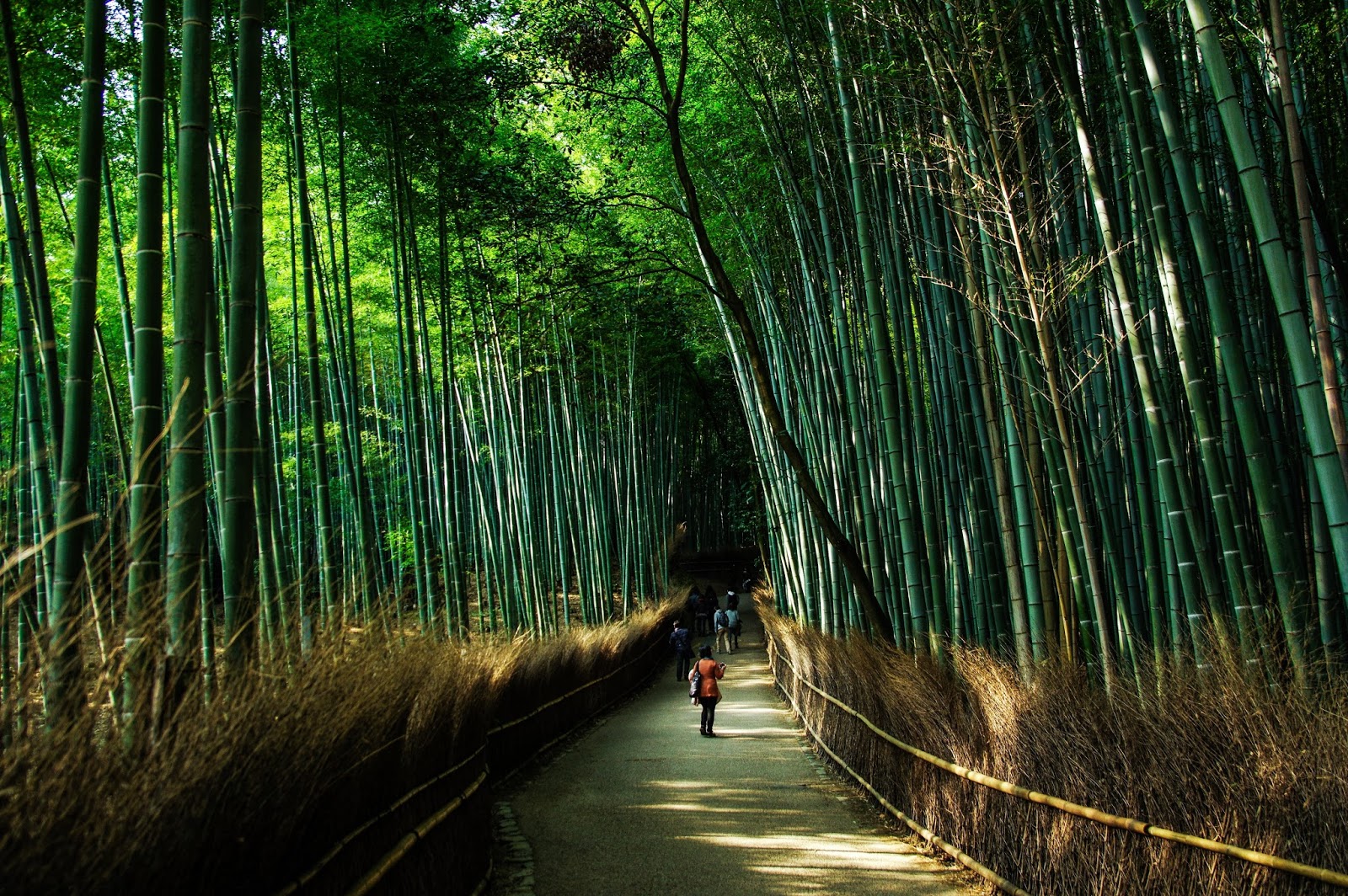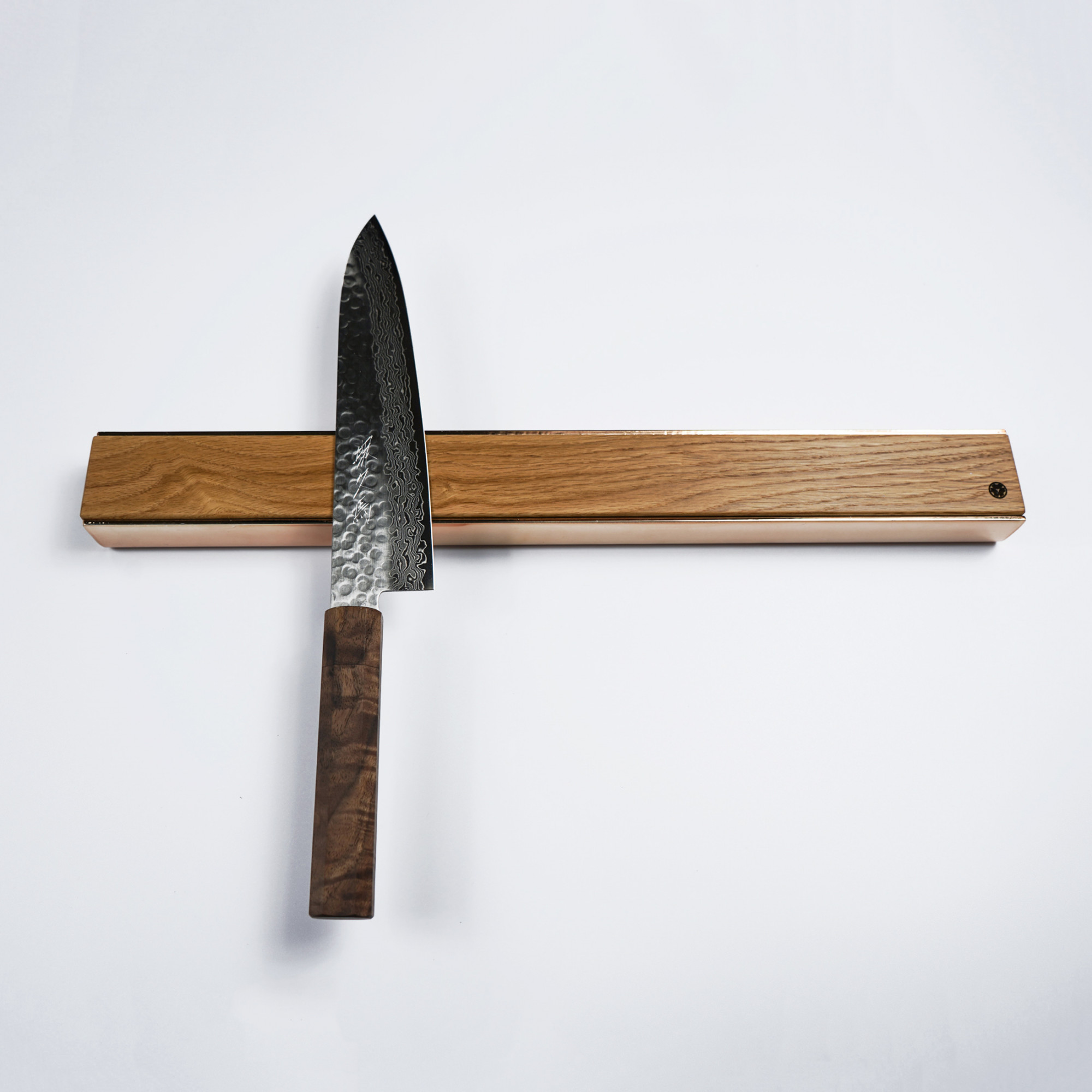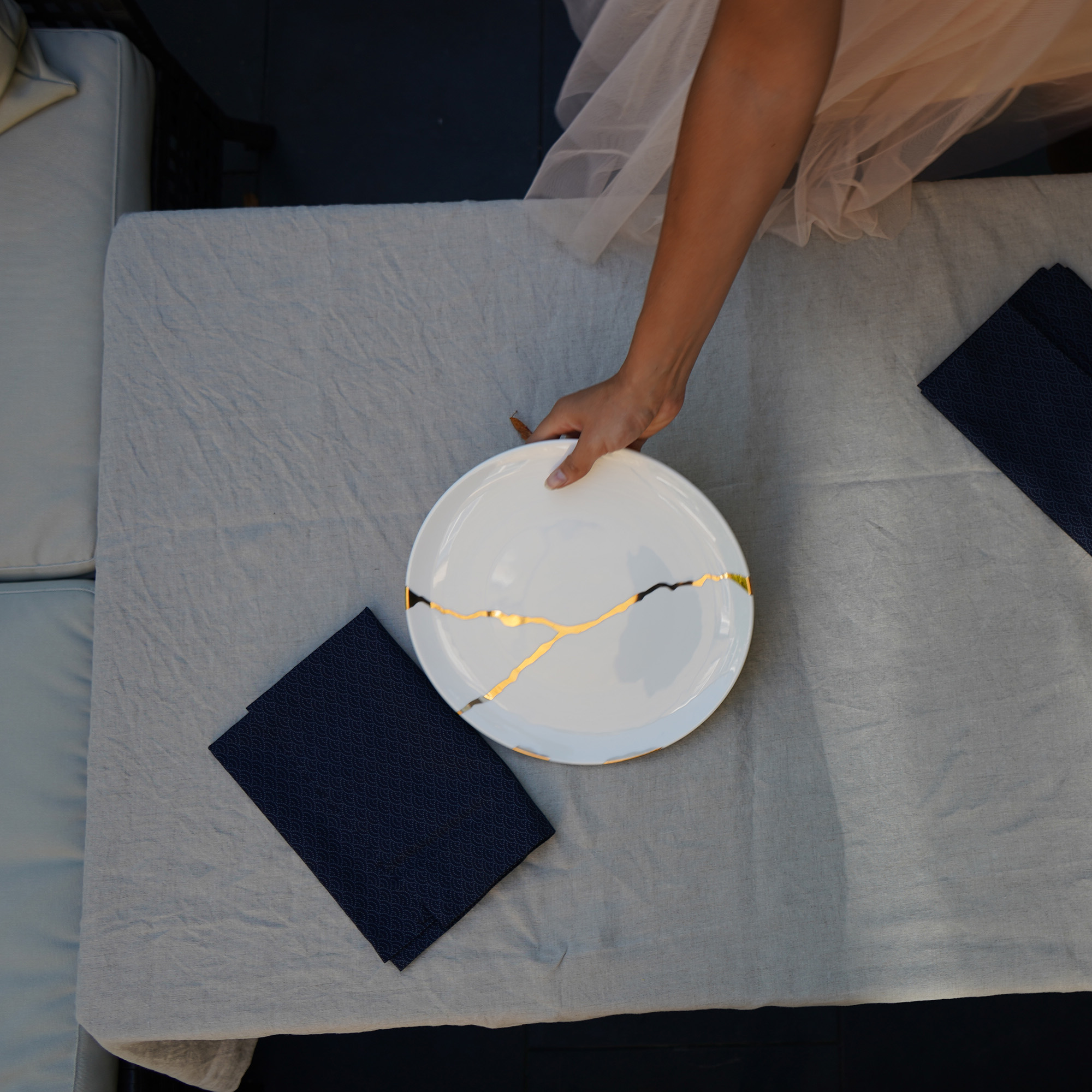In last years Europe has created a fascination for Scandinavian minimalism and simple, natural living. However, Scandinavians were not the only one who are in love simplicity – just look at Japan.
Despite their vast distance, Japan and Sweden have similar design sensibilities. Like Scandinavia, Japan upholds design principles that use natural materials, clean lines, and straightforward construction or cut. Both cultures favour a cheerful, unadorned aesthetic that we at Oishya love so much.
Simplicity and functionality are at the core of anything we source, produce and sell. Because we’ve started our Japanese adventure with handmade knives, we focus on three natural materials: wood, stone and steel. We believe that nature is timelessness and simplicity – hence we incorporated it to our core brand values – clean, complementary lines that are sculpted with architectural flair. The contrasts come from a neutral palate against dashes of colour; textured monochromatic fabrics blended with abstract golden prints (exactly like our kintsugi dinnerset).
The secret that makes Japanese and Swedish minimalistic design look so similar — and so good
Minimalism has long been associated with art. But the popular movement of less-is-more, which dates back to the 1960s, has since seeped into various facets of our lives. So, what’s the motivation behind the sartorial side of the trend? Decluttering our lives and living and breathing stress-free simplicity. Here are five easy ways to have more time, eat better, dress better and relax without really thinking about it.

When you consider that Japan squeezes twice the population into a country a little bit bigger than the United Kingdom area, there is not an extra inch of space for junk. No surprise that their hottest export right now is de-cluttering expert Marie Kondo, who can fold a T-shirt like nobody’s business. While in the West we’re all madly trying to be more, buy more, achieve more and earn more, we’re finally catching on that living simply is essential to being able to enjoy abundance, minus the stress. Here are six lessons we’ve learned from our Japanese friends and incorporated into our lives – we hope you will make good use of them too:
1. Eliminate things that drag you down
The key to the famed Japanese efficiency? If something slows them down or doesn’t ‘spark joy’ (be it a habit, food, people) they simply ditch it. There is no compromise for moderation. Keeping smaller evil in your life just a little bit is actually more difficult than cutting it out altogether. By dropping it cold turkey we simply don’t have to think about it. Research shows we have a finite amount of willpower, but if we can turn a habit to autopilot, it’s effortless to maintain.
Make a list: what slows you down, saps your energy, makes you demotivated, feels good for two seconds than drags you down with guilt and remorse for the rest of the day. Which ones would you be willing to ditch? The trick is to be realistic, not idealistic. Sure, we’d liked to abstain from caffeine, alcohol, sugar or the Internet, but we’re all humans and have our weaknesses. Instead, each of us should focus on cutting just two, three tops major obstacles to our sanity.
2. Negative space: Love the emptiness
In Japan, the go-to aesthetic could easily be called amor vacuii … a love of emptiness, because that’s what fuels the cultural concept known as “Ma Ma” (pronounced “maah”) is a celebration of not things, but the space between them. It is about negative space, voids, emptiness. And it is relished in everything from interiors, architecture and garden design to music, flower arrangement and poetry. And actually beyond; it can be found in most aspects of Japanese life.
Coco Chanel famously advised that,
“Before you leave the house, look in the mirror and take one thing off.”
While removing, say, a scarf, might not reveal negative space, it does make room for the other accessories to shine. In a way, Ma does the same. In a home like in a life where there are too many things, nothing is highlighted. It’s hard for us to value things when we live in an abundance of choice, surrounded by chaos. But by focusing on and expanding the space in which there is nothing or little next to it, the things you decide to keep there get prioritised and valued.
One way to think about it is in a space that feels chaotic with clutter, it’s not about there being too many things, but about there being not enough Ma. Looking at an arrangement of components in terms of negative space – the areas that are empty – is a lesson taught in drawing and painting because what is not there is just as important, if not more, than what is there.
3. Concept of Danshari: Get rid of 80% of your things, then love what's left
Very related to the previous point, Japan loves space and optimal use of it, hence Japanese people perfect their attitude towards danshari, a Japanese concept of decluttering:
danshari – 断捨離
断 – refuse
捨 – dispose
離 – separate
Pure, clean, uncluttered and balanced are all words that can be used to describe Japanese-style interiors with a minimalistic flair. And what better place in your home to apply these looks and feelings than in the kitchen – a place in everyone’s home that can be busy, untidy, hot and cluttered on a daily basis. If you’re not inspired to cook because you can’t easily find the tools you need, or if you’re convinced you don’t have ample space to prepare a meal, resulting in your emotional and physical health being overwhelmed.


When a bowl, teapot or precious vase falls and breaks into a thousand pieces, we throw them away angrily and regretfully. Yet there is an alternative, a Japanese practice that highlights and enhances the breaks thus adding value to the broken object. It’s called kintsugi (金継ぎ), or kintsukuroi (金繕い), literally golden (“kin”) and repair (“tsugi”). Kintsugi signature tableware by Oishya. Hand-applied 24-carat gold Kintsugi pattern adds a delicate contrast to this all-white collection of plates.
4. Eat when you need to
In Japan, food isn’t a math equation or a bargaining tool. They simply eat three full, well-rounded meals a day (yes, lots of carbs and deep fried tempura included). And you never, ever see anyone eating on the street or in the public transport (in fact, it’s even considered impolite). We, on the other hand, have trained our bodies through constant grazing to interpret the slightest sign of hunger as a dire drop in blood sugar. But any dietitian will tell you that if you’re covering your nutrient requirements in main meals, you don’t actually need add-ons. Japanese food looks fiddly, but it’s fairly easy to prepare. Simply open a sachet of Miso (and FYI, studies show that having a soup like miso at the start of a meal means you consume less), drizzle a lump of tofu with soy sauce, add some leftover rice and a can of tuna. Bon Appetit!

5. Money, I'm not your slave
Japanese people are incredibly stylish without being slaves to fashion (once they’ve passed the age of Harajuku). They spend up on key pieces and look after them. Choosing high-quality fabrics and simple dressing is in their DNA. Same with things they buy for home or hobbies. Embrace quality, not quantity.
6. Time, I will never get you back
Most of us have a few time-sucking vices (We’re looking at you, Facebook and Instagram) that bring neither pleasure nor reward (ok, we’re doped BECAUSE of these micro releases of pleasure, but that’s architected against our interest). But they’re instant and easy and so we slide right into them with little chances of escape. But how much pleasure does each activity actually give you? Usually, close to none. You are far better off without it. Just look at the people who lived before the whole social media era – they were happy, they were spending more time with others without needing to fabricate their perfected lives. If you can bring yourself to divorce time wasting things, you’ll be simply happier.
Happy minimalistic living!




















